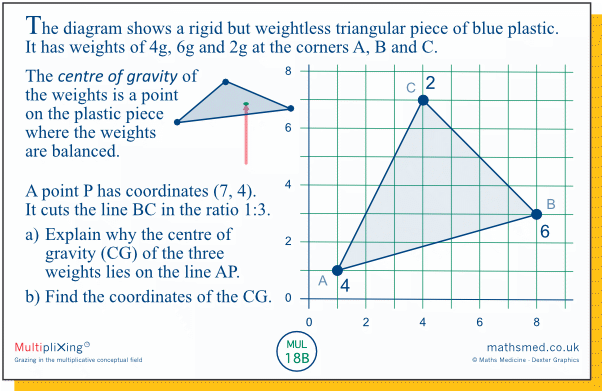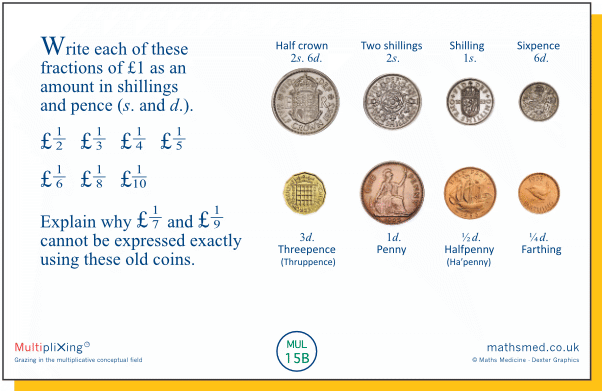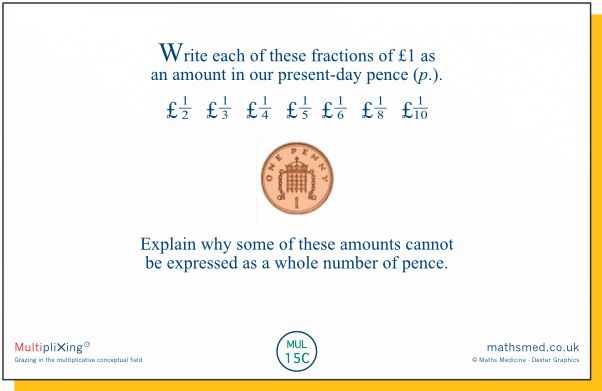Note: GERMAN versions of the Week 20 tasks are available HERE.
Here we look at two interpretations of division: quotition and partition (or measurement and sharing). We use a double number line (DNL) to model the two forms and try to make sense of them for different sets of numbers. Starting with a dividend of 12, we examine the models when the divisor is a factor of the dividend (3), a smaller non-whole number (2.4), a larger whole number (30) and a number less than 1 (0.3).
As we shall see, both interpretations can be made to work for all these sets of dividend-and-divisor, though in some cases neither interpretation, or only one, fits easily. It is hoped that the challenges that the students experience will deepen their understanding of division, while at the same time underlining the importance of also developing a formal understanding of division as the inverse of multiplication.
For example:
The latter fits the partitive form of division, which we consider in Tuesday’s task:
12 sweets are shared between 3 people; how many sweets do they get each?
At first sight, such a story doesn't seem to work so well for 12÷2.4:
12 sweets are shared between 2.4 people; how many sweets do they get each?
However we can tweak the story to make a better fit:
12 sweets fill 2.4 packets; how many sweets fill one packet?
The DNL shows that the answer is 5. However, some students might reject this on the basis that the interpretation is too contrived.
Wednesday: Quentin is thinking of quotitive division again, so is asking ‘How many 30s in 12?’. This might seem a bit strange, and perhaps unanswerable for younger students, but a careful interpretation of the DNL suggests ‘about one-third’ (actually ¹²⁄₃₀ or ²⁄₅). Students might disagree as to whether this makes sense.
Parin is partitioning 12 into 30 equal parts. If this is phrased as ‘12 cakes are shared between 30 people; how many cakes do they get each?’, it may seem a bit odd, and impossible for younger students, perhaps. However, the answer of ‘about one-third’ (actually ¹²⁄₃₀ or ²⁄₅) can be read fairly readily from the DNL. This would probably make sense to more students than in Quentin’s case, especially if the matching story is rephrased slightly, with ‘how many cakes’ replaced by ‘how much cake’.
Parin is partitioning 12 into 0.3 pieces, or perhaps asking 12 sweets are shared between 0.3 people; how many sweets do they get each? Neither idea seems to make immediate sense, but we could rephrase the story like this:
0.3 people get 12 sweets; how many sweets does 1 person get?
Or we could revise it like this:
12 sweets fill 0.3 packets. How many sweets fill one packet?
Students might accept that the answer of about 40, as shown on the DNL, fits one or other story well enough.
You could again take this further by asking students to think of other diagrams to represent these two divisions, or to come up with stories that fit.

















































